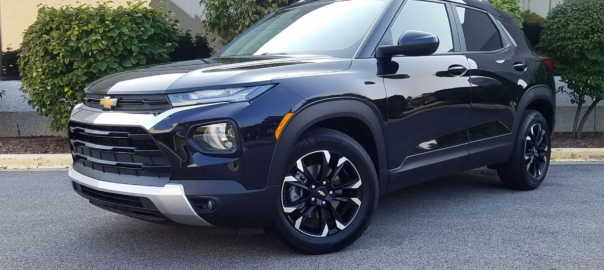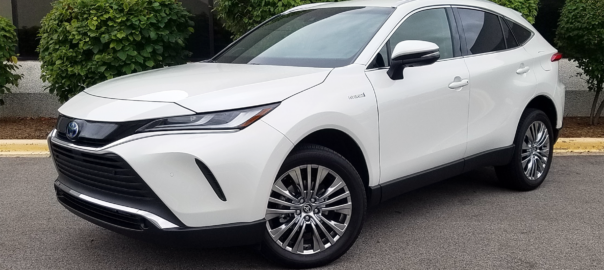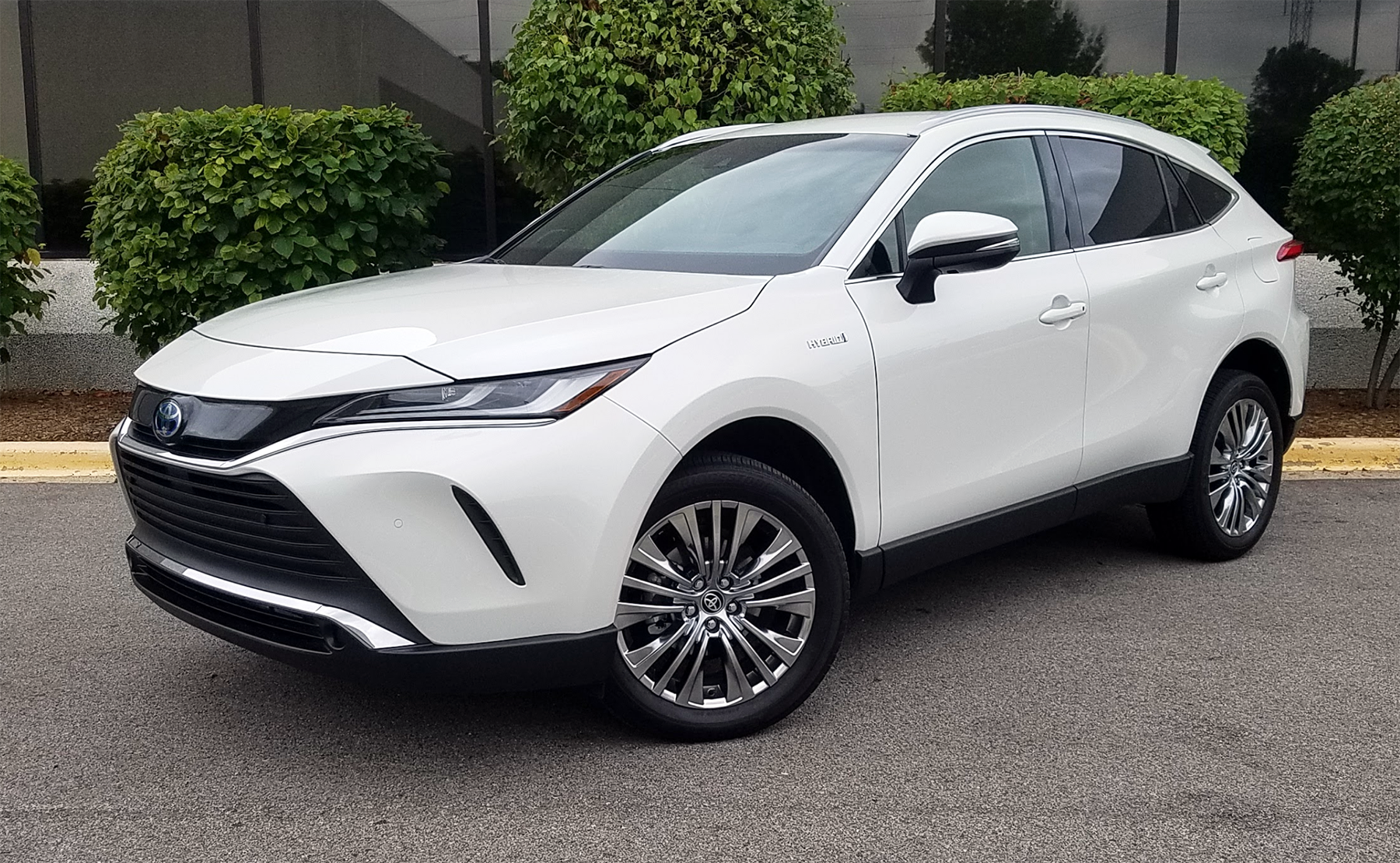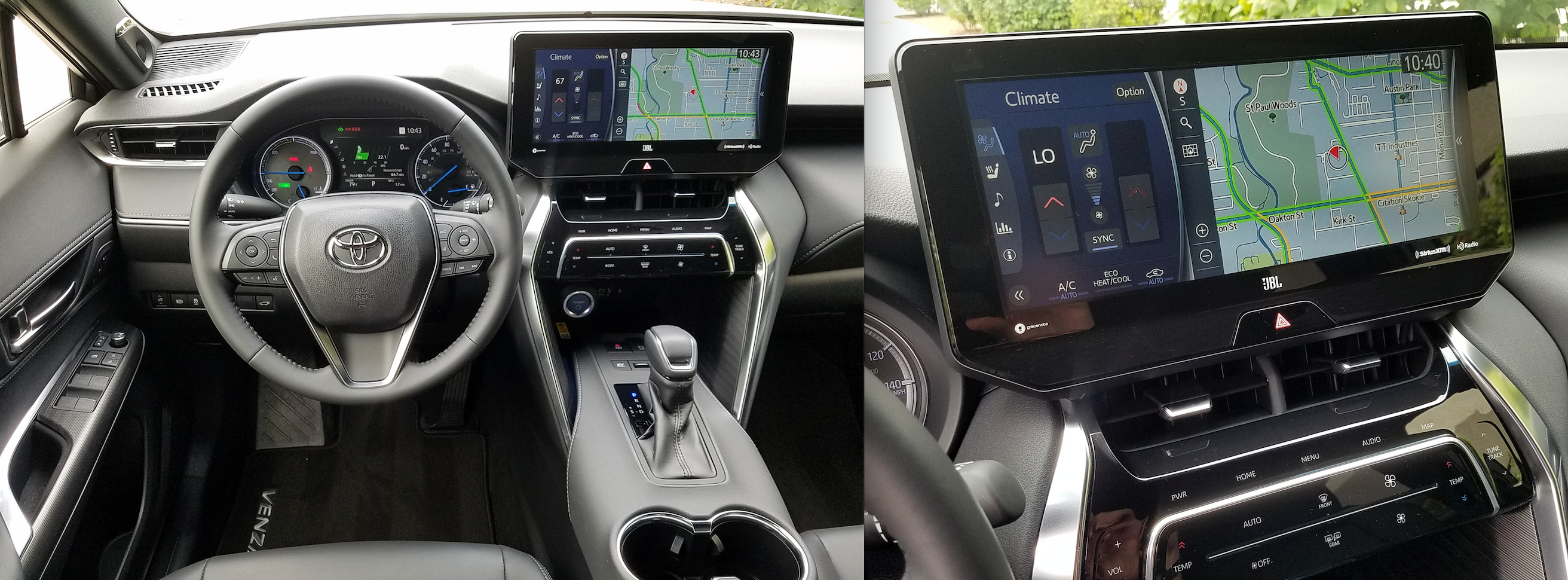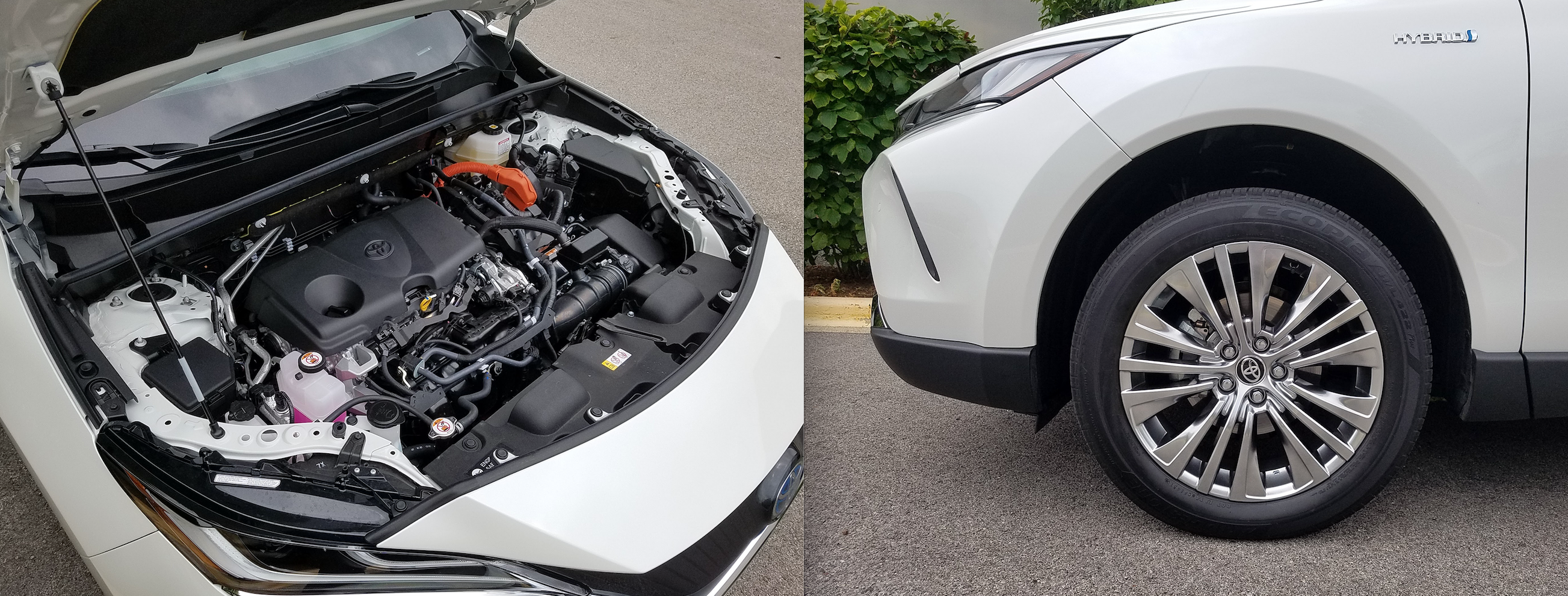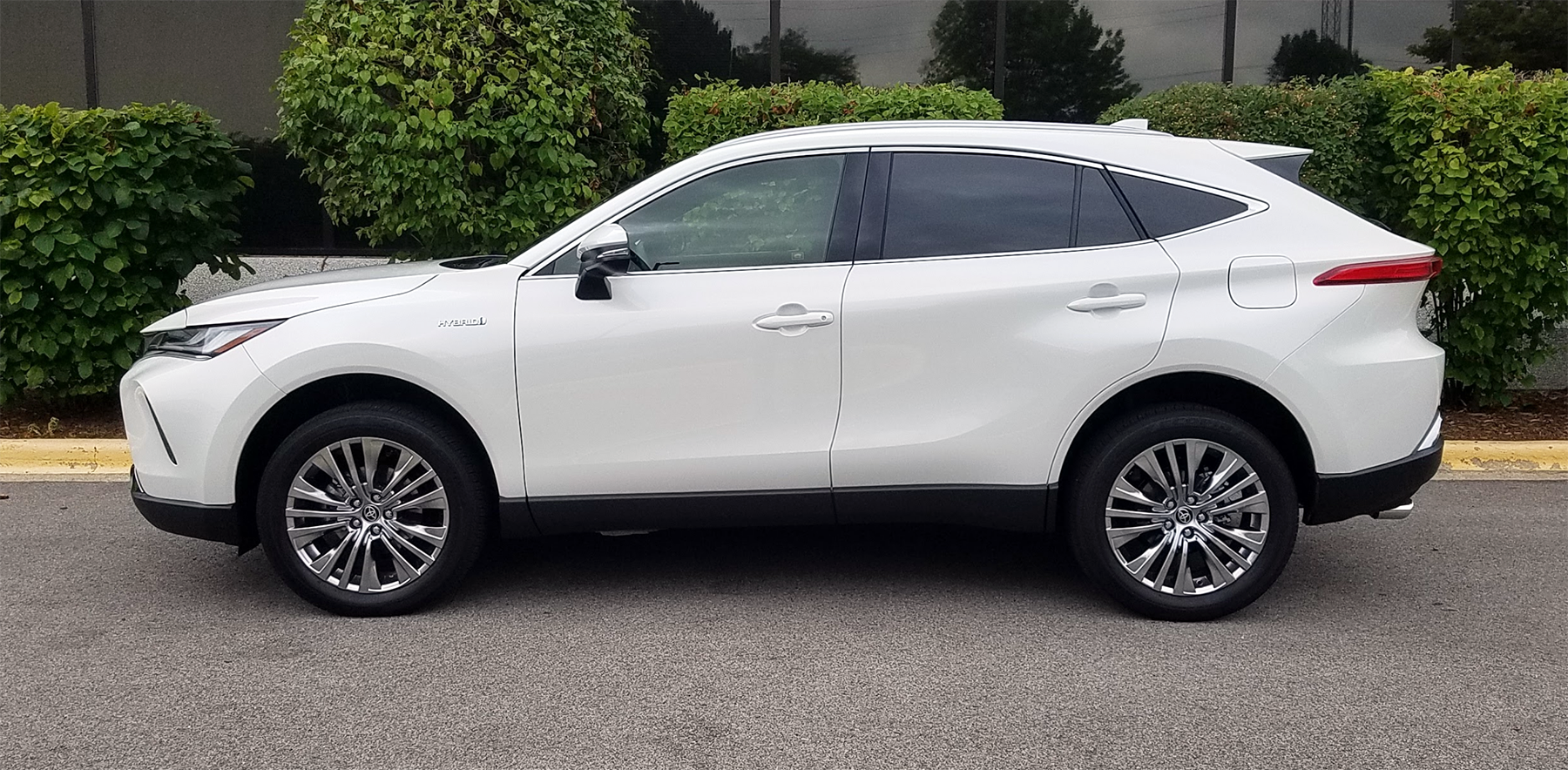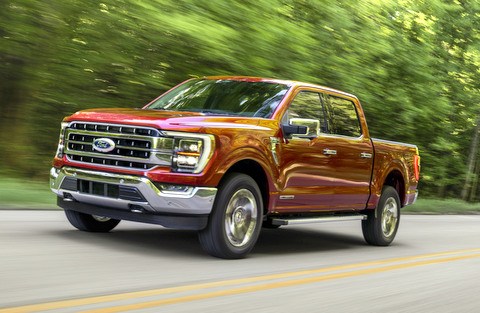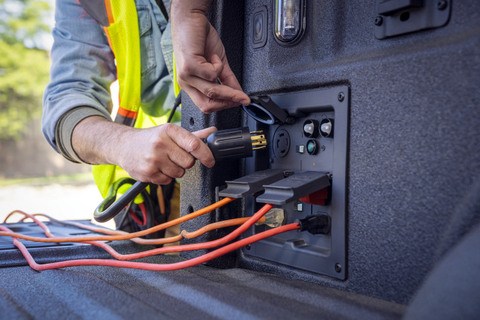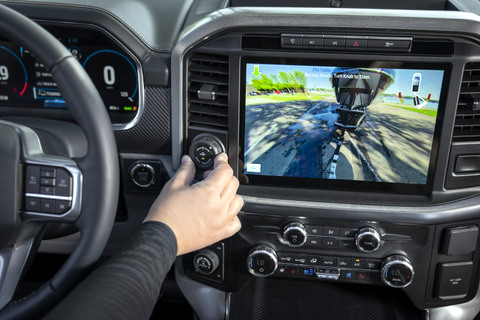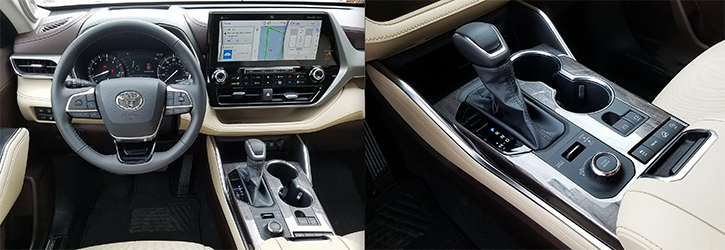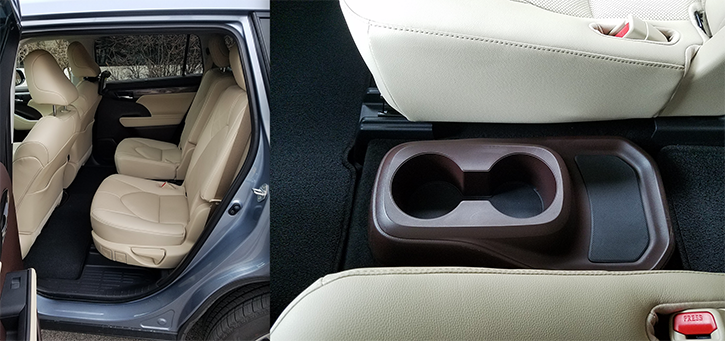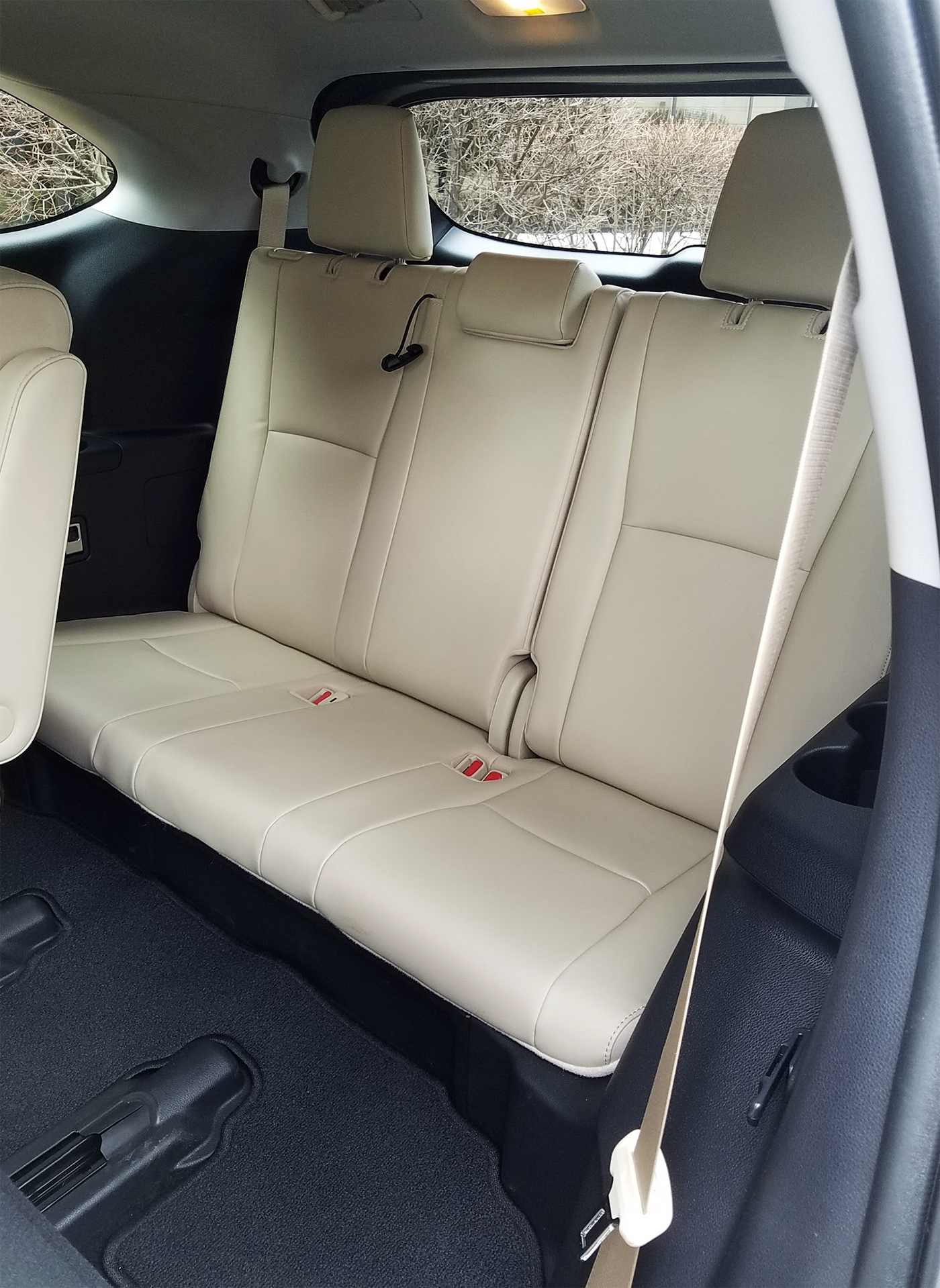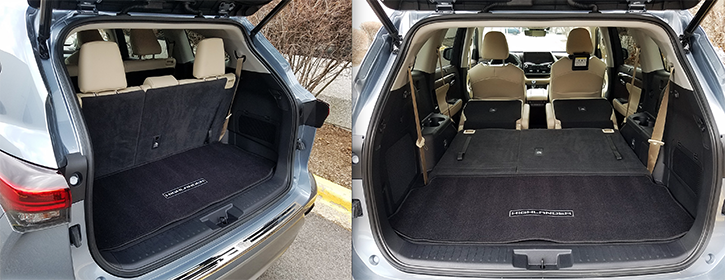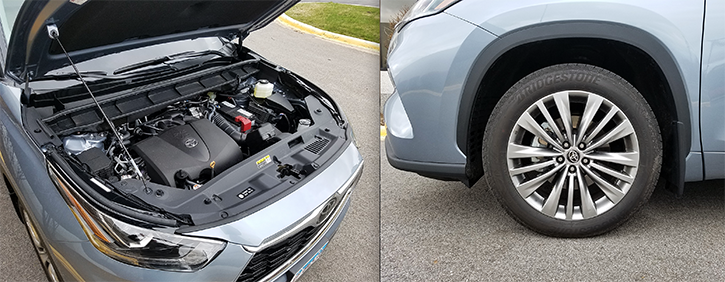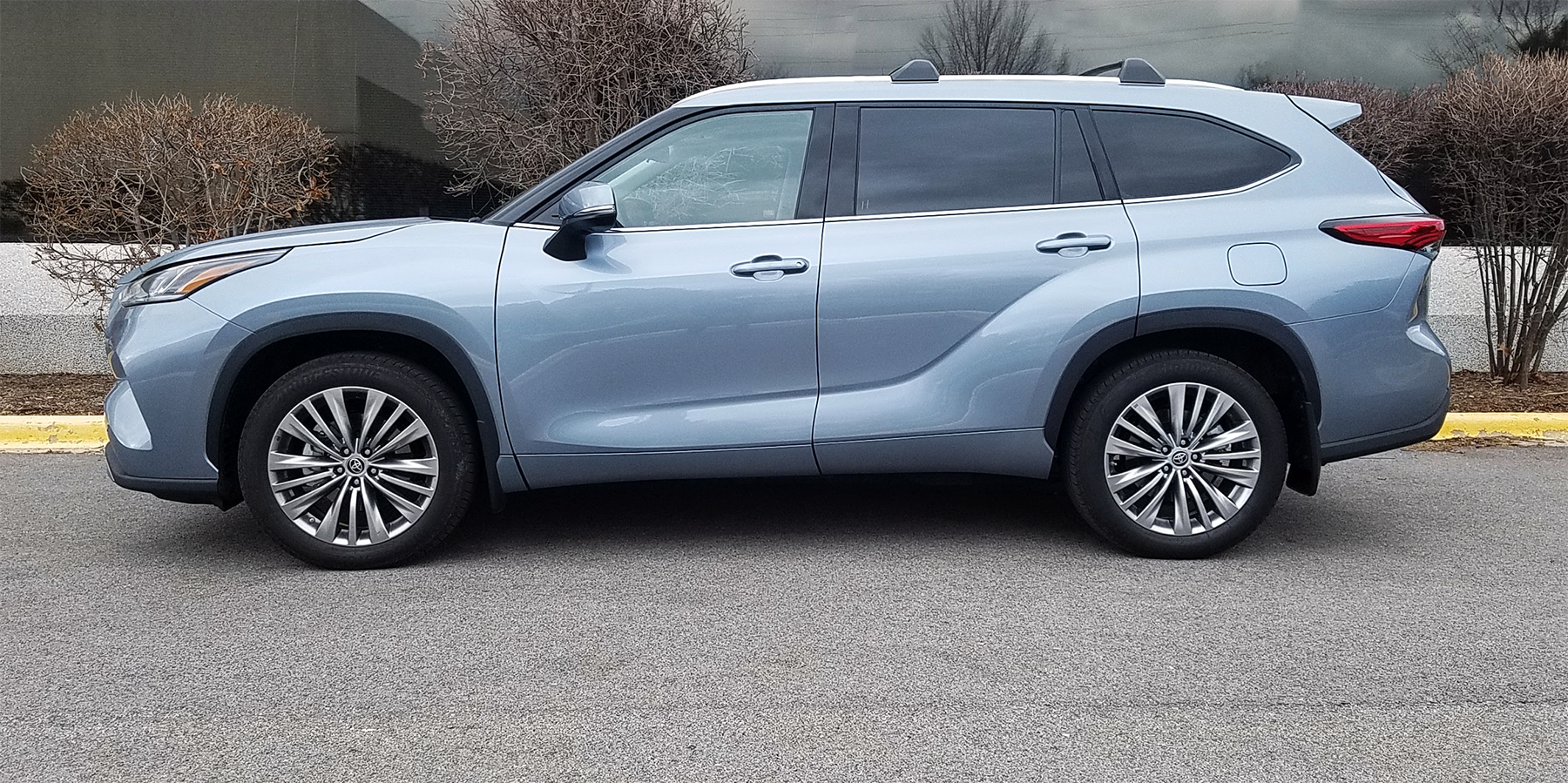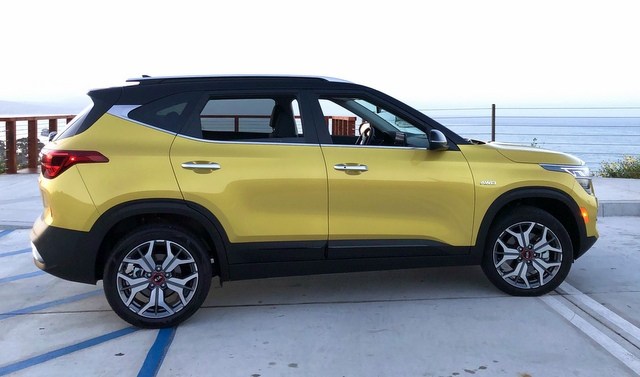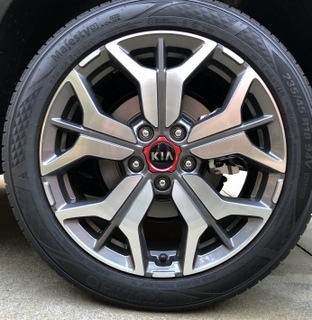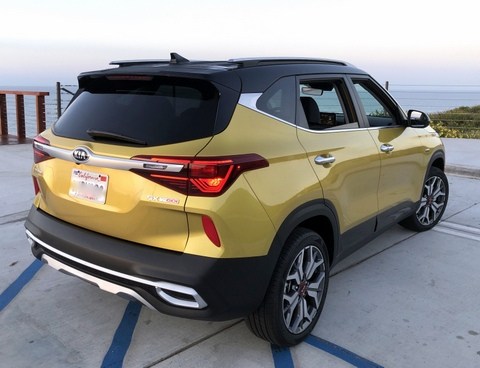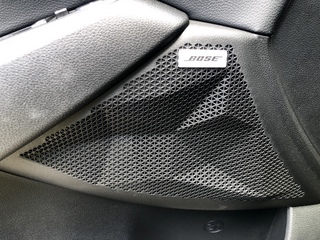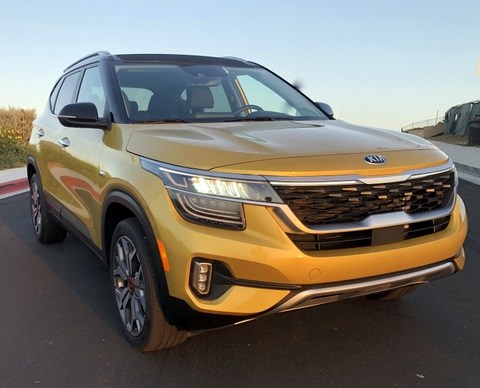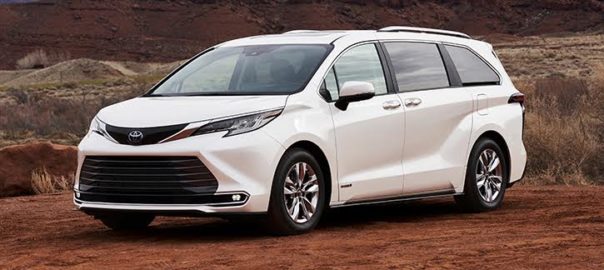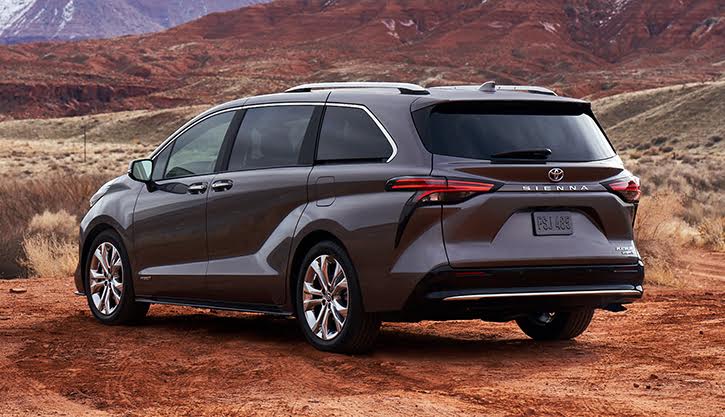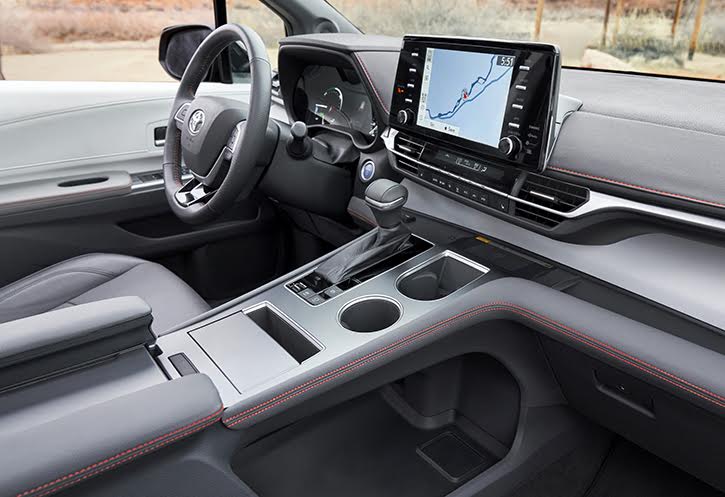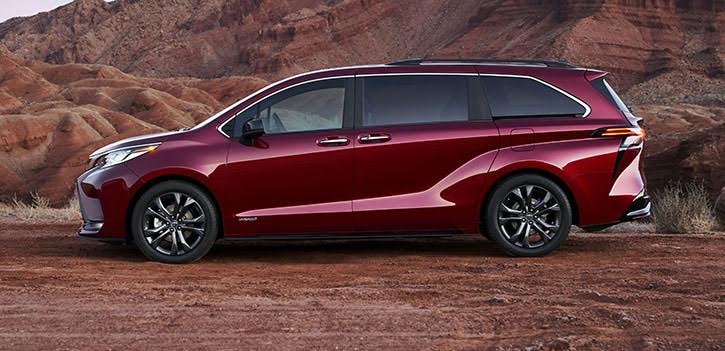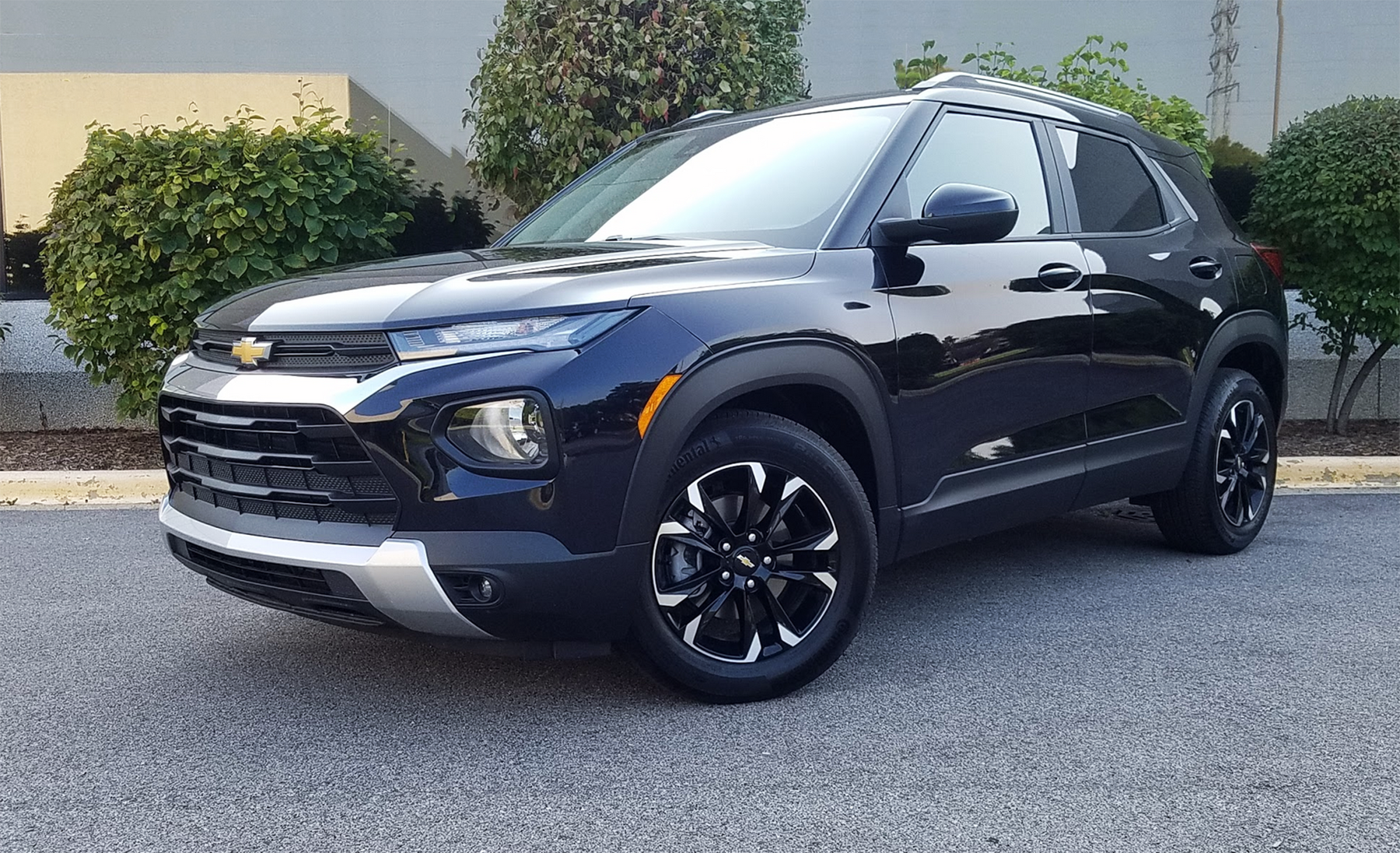
2021 Chevrolet Trailblazer LT AWD in Midnight Blue Metallic
2021 Chevrolet Trailblazer LT AWD
Miles driven: 440
Fuel used: 13.6 gallons
| CG Report Card | |
|---|---|
| Room and Comfort | B+ |
| Power and Performance | C+ |
| Fit and Finish | B- |
| Fuel Economy | A |
| Value | B+ |
| Report-card grades are derived from a consensus of test-driver evaluations. All grades are versus other vehicles in the same class. Value grade is for specific trim level evaluated, and may not reflect Consumer Guide’s impressions of the entire model lineup. | |
| Big & Tall Comfort | |
| Big Guy | B+ |
| Tall Guy | A- |
| Big & Tall comfort ratings are for front seats only. “Big” rating based on male tester weighing approximately 350 pounds, “Tall” rating based on 6’6″-tall male tester. | |
| Drivetrain | |
| Engine Specs | 155-hp 1.3-liter |
| Engine Type | 3-cylinder |
| Transmission | 9-speed automatic |
| Drive Wheels | AWD |
Real-world fuel economy: 32.3 mpg
Driving mix: 30% city, 70% highway
EPA-estimated fuel economy: 26/30/28 (mpg city/highway/combined)
Fuel type: Regular gas
Base price: $25,600 (not including $995 destination charge)
Options on test vehicle: Adaptive Cruise Control Package ($620), Convenience Package ($620), Driver Confidence Package ($345)
Price as tested: $28,180
Quick Hits
The great: Fine passenger and cargo room within tidy exterior dimensions; good selection of available safety and convenience/technology features
The good: Fuel economy; pleasant ride and handling
The not so good: Some so-so cabin materials; a bit noisy in highway driving
More Chevrolet price and availability information
John Biel
What size crossover or SUV is right for you? That’s certainly a unique calculation based on multiple factors, with an answer specific to each buyer. Even without knowing you, though, we feel pretty confident in saying the right-sized one is out there because the manufacturers keep making more slot-fillers all the time.
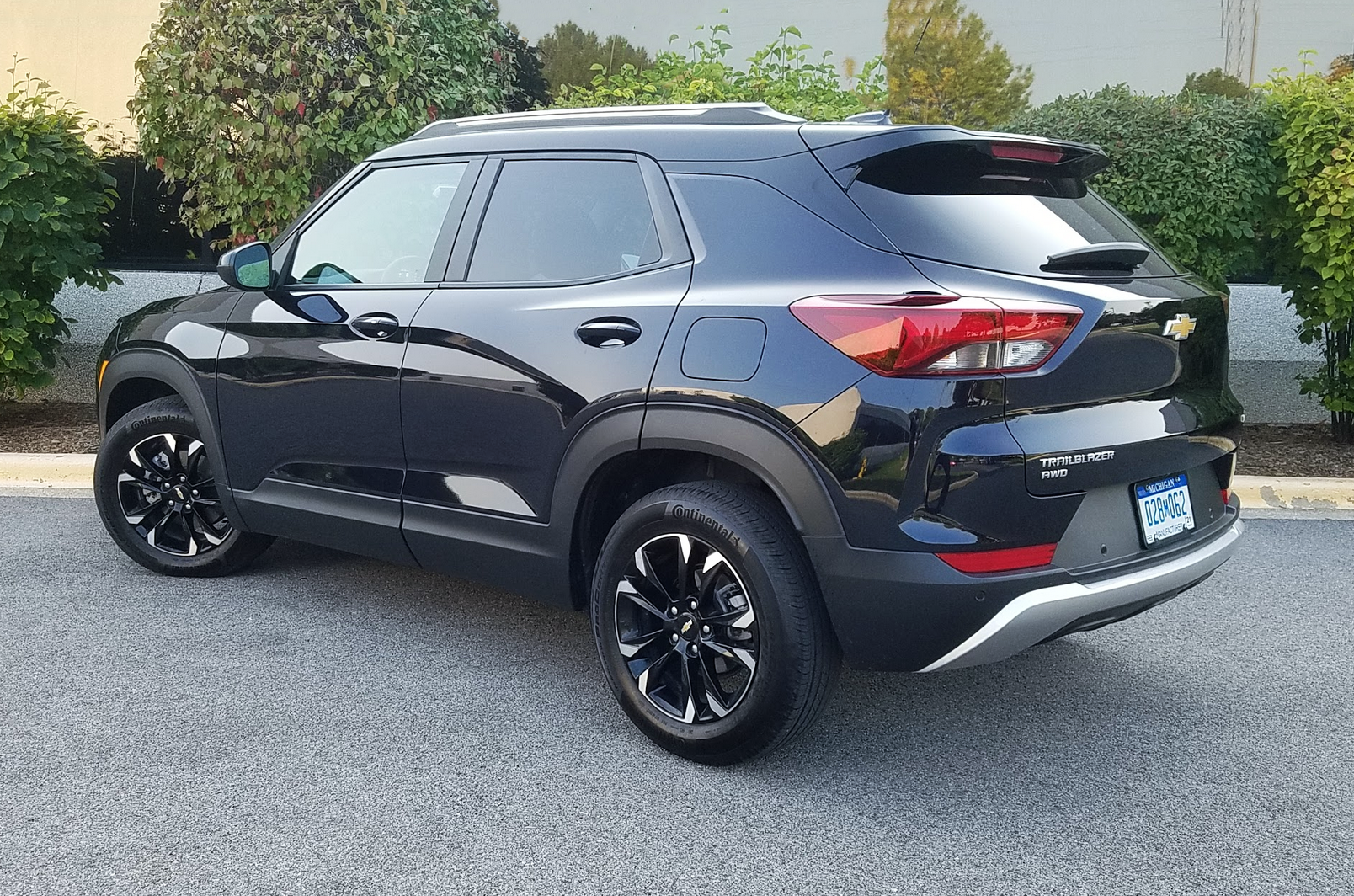
Chevrolet expands its SUV roster for 2021 with the Trailblazer, a new “large subcompact” SUV that revives the name of a midsize body-on-frame SUV that Chevy sold from 2002 to 2009.
Take the latest from Chevrolet, the 2021 Trailblazer, a subcompact that brings the brand’s count of SUV nameplates to seven, from the subcompact Trax to the hulking full-size Suburban. In the Chevy size-and-price hierarchy, it fits between the Trax and the compact Equinox. Trailblazer is built from a new General Motors global vehicle architecture intended to be the basis for a number of small sedans and crossovers; its closest kin in U.S. showrooms is the Buick Encore GX that bowed as a 2020 model.
Test Drive: 2020 Buick Encore GX Essence
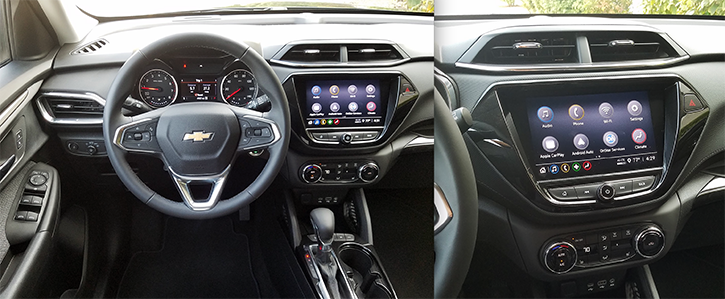
The Trailblazer’s dashboard layout is clean and straightforward. LT models come standard with Chevy’s excellent Infotainment 3 system, and choosing the Convenience Package upgrades the touchscreen to an 8-inch display.
The Trailblazer, which recycles a name used on body-on-frame U.S.-market Chevy SUVs from 1999 to 2009 (as the TrailBlazer), comes in five trim levels: L, LS, LT, ACTIV, and RS. The L comes solely with front-wheel drive, but all others can be had with front- or all-wheel drive. Consumer Guide got its first taste of the new Trailblazer as an AWD LT with a price that started at $26,595 (including delivery) but grew to $28,180 with options.
All AWD Trailblazers come with a 1.3-liter turbocharged 3-cylinder engine and a 9-speed automatic transmission, but in LS and LT jobs, this counts as an upgrade over their standard 1.2-liter turbo three. (A continuously variable transmission is standard in FWD Trailblazers, even those with the larger engine.) Thus, adding all-wheel capability adds $2000 to an LS or LT, but $1500 to the ACTIV and RS.
Test Drive: 2021 Kia Seltos SX Turbo
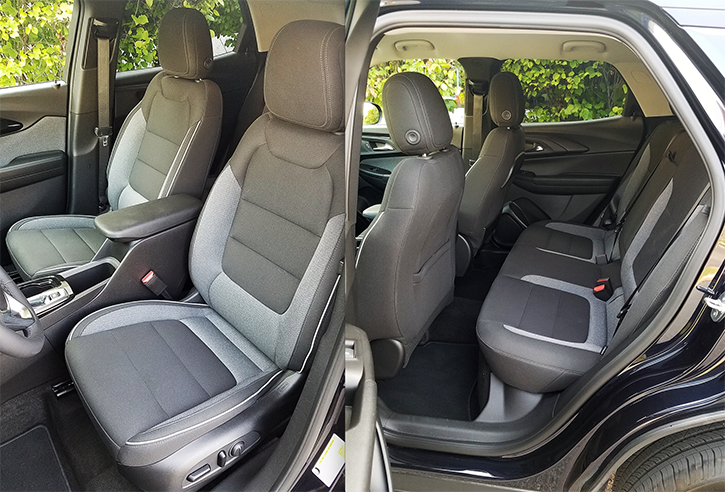
There’s decent space for adults in both the front and rear seats. The LT is a midline trim level in the Trailblazer lineup, and it comes standard with cloth upholstery. Stepping up to the ACTIV model gets you simulated leather.
The Trailblazer rests on a 103.9-inch wheelbase and stretches out to a full 173.5 inches, which makes it 3.1 and 9.5 inches shorter, respectively, than the Equinox. AWD jobs have a full eight inches of ground clearance, 0.5 inch higher than the front drivers.
Though we categorize it as a subcompact, the Trailblazer hovers right on the line between our subcompact and compact SUV classes. As one of the roomiest vehicles in its class, it boasts comfortable space for four adults. (With the driver’s seat set for this 5-foot, 10.5-inch reviewer, he had legroom to spare when occupying the seat behind.) Headroom is ample in both rows. With all seats up there is room for 25.3 cubic feet of cargo on a flat load floor; when the 60/40-split second-row seats fold almost flat, capacity grows to 54.4 cubic feet. In models from the LS on up, the front passenger seat back folds to make space for long objects.
Test Drive: 2020 Chevrolet Equinox Premier
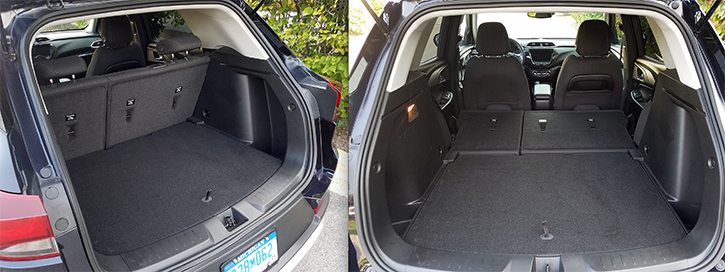
The Chevrolet Trailblazer is has 25.3 cubic feet of cargo volume behind the rear seats, and 54.4 with the rear seats folded. That’s shy of the Kia Seltos (26.6 and 62.8, respectively) but still one of the best in the subcompact class.
Appointments are, let’s say, somewhat basic through the LT level. Spongy, padded surfaces are few and far between. The test truck’s seats were covered in standard fabric dressed up with patterned accent panels. The steering wheel and shifter knob had leather wrappings that were part of an adaptive cruise control option package that also included a pull-down center armrest for the rear seat and a 4.2-inch color driver-information display within the instrument cluster. Automatic single-zone air conditioning and an 8-inch touchscreen for the easy-to-use Chevrolet Infotainment 3 system were extra-cost upgrades over the manual A/C and 7-inch screen that are standard in LTs.
The LT does stand out from lesser Trailblazers by virtue of its LED fog lamps, heated power mirrors with body-color caps, silver-painted roof rails, specific 17-inch alloy wheels, silver-painted front and rear lower fasciae, remote-starting capability, keyless access, 10-way power-adjustable driver’s seat, and heated front seats. Some other features included in the base price are a 6-speaker audio system, wireless Apple CarPlay/Android Auto smartphone compatibility, forward-collision alert, automatic emergency braking (including for pedestrians), lane-keeping assist, automatic headlight high-beam control, and teen-driver monitoring. In addition to options already mentioned, the test truck came with added satellite radio, rear USB charge ports, and blind-spot and rear cross-traffic alerts among other things.
Test Drive: 2020 Hyundai Kona Ultimate
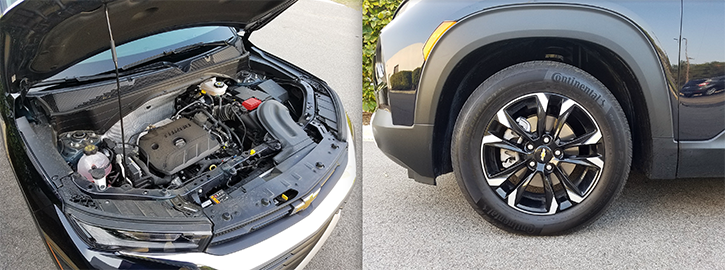
All-wheel-drive Trailblazers come standard with a turbocharged 1.3-liter 3-cylinder engine that makes 155 horsepower and is paired with a 9-speed automatic transmission. LTs come standard with 17-inch gloss-black alloy wheels.
The 1.3-liter engine generates 155 horsepower at 5600 rpm and 174 lb-ft of torque at 1600 rpm—13 percent more horsepower and almost 7.5 percent more torque than the 1.2-liter engine makes. That quickly reached torque peak makes a Trailblazer with the 1.3 acceptably lively from a standstill, and the stepped-gear transmission helps it get up to easily maintained highway speed without much fuss. The “big” engine’s downside is that it lacks smoothness at idle or lower speeds, and it’s not particularly quiet. In CG’s testing, the AWD Trailblazer was a solid 30-mpg vehicle—this reviewer averaged 30.1 mpg from 66.3-mile trip with 45 percent city-type driving. However, the suspicion is that a 3-cylinder engine ought to enable it to do better than 26 mpg city, 30 mpg highway, and 28 mpg combined, which are its EPA fuel-economy ratings.
Chevy’s newest small ute is an easy and alert handler, and it tackles pavement bumps reasonably well. However, a bit of road noise does get through in highway driving. All-wheel drive is selectable as a drive mode (“Normal” and “Sport” are the others) in situations where traction help is deemed necessary.
Convenient controls are handy to use, and cabin storage space for incidentals is at least varied if not abundant. On balance, the new Trailblazer strikes us as a price-conscious vehicle, at least to the LT level, where it’s better than austere but hardly plush. Perhaps that’s the right fit for you.
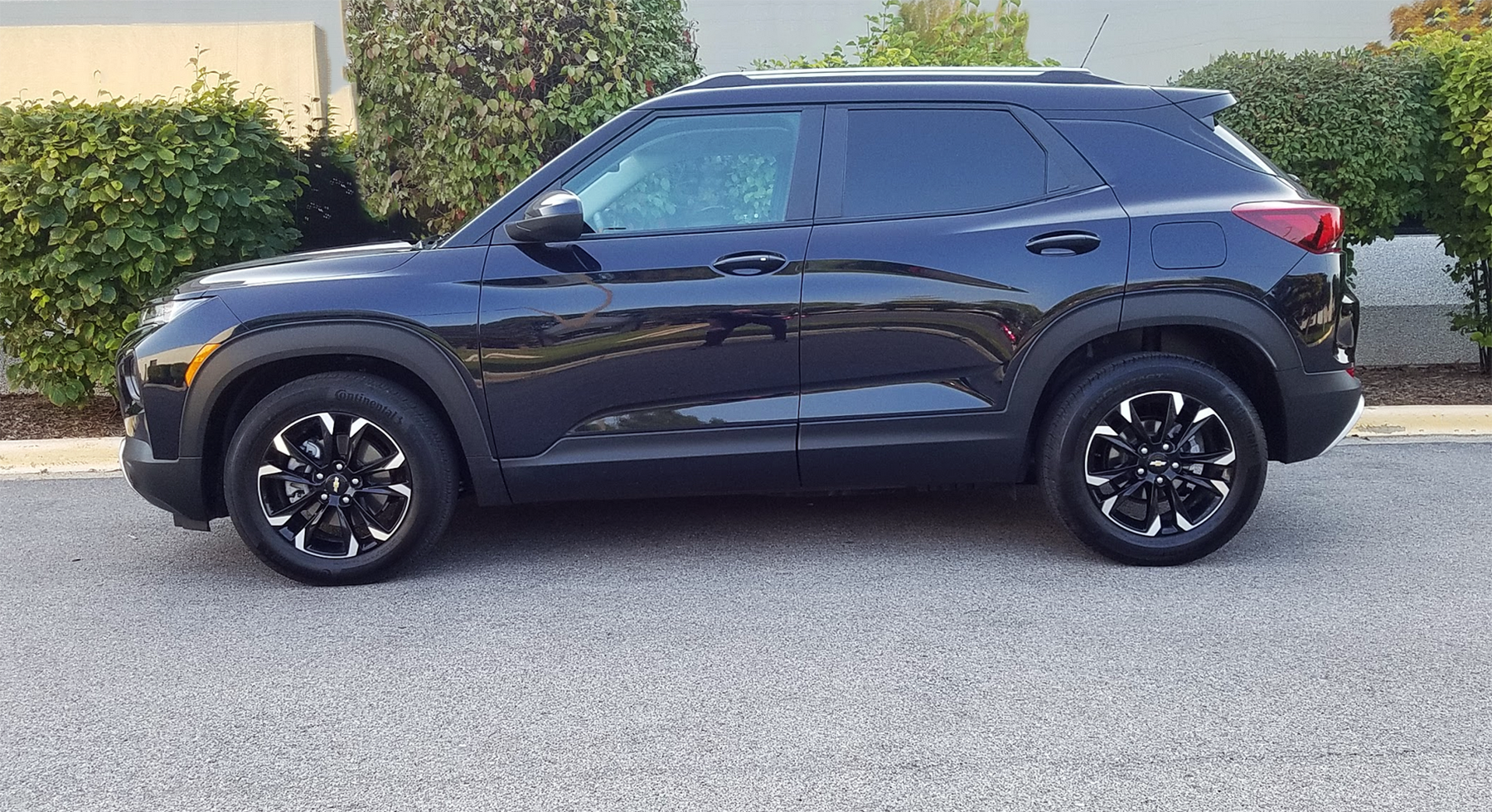
Chevrolet’s new small crossover SUV boasts spunky styling and excellent interior room for its size. Acceleration from its 3-cylinder engine is better than you might expect (at least in around-town driving), the ride is decently absorbent for a small vehicle, and a good range of safety and technology features are available.
Click below for enlarged images
Listen to the very entertaining Consumer Guide Car Stuff Podcast
2021 Chevrolet Trailblazer LT Gallery
2021 Chevrolet Trailblazer LT
